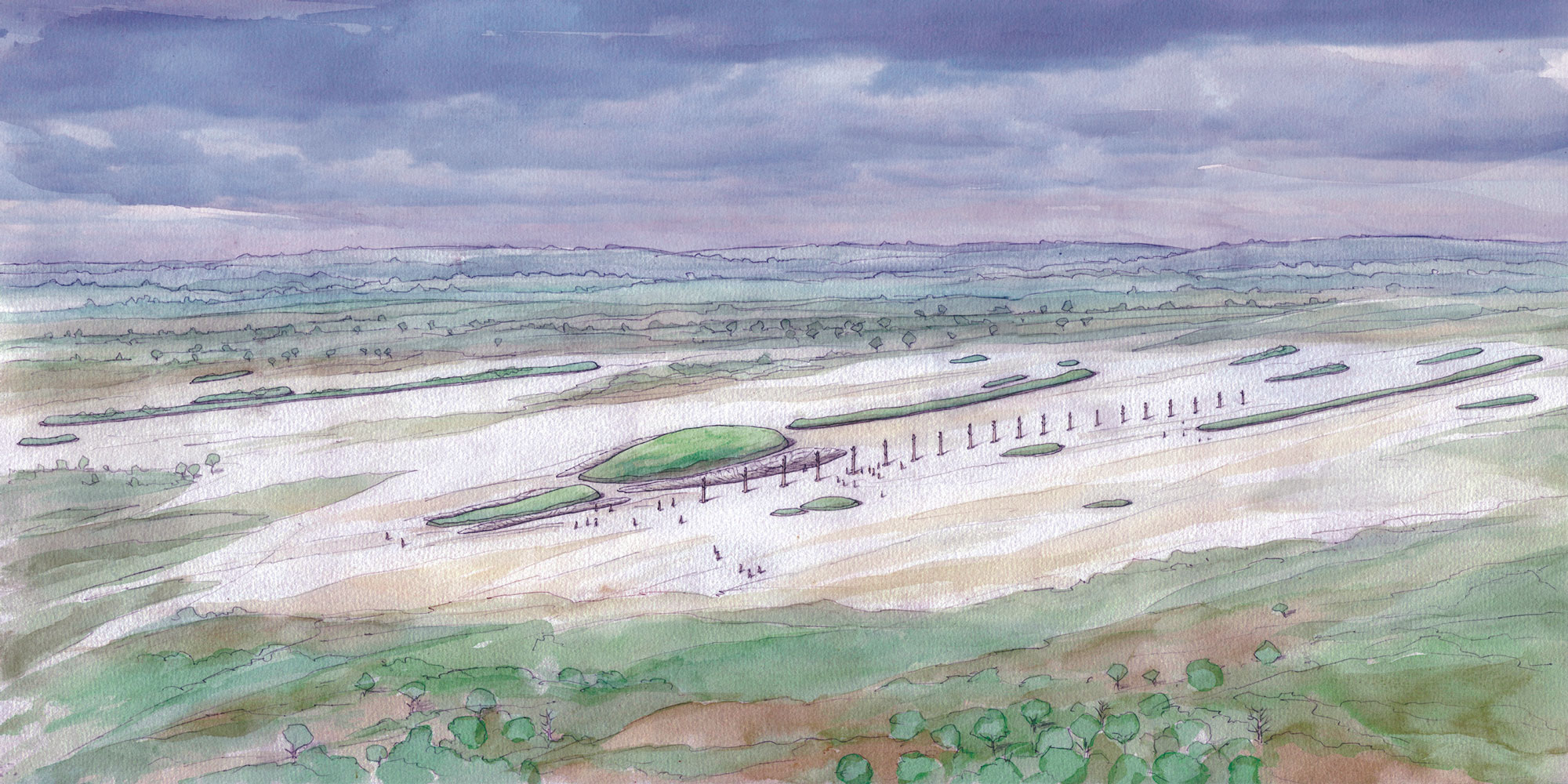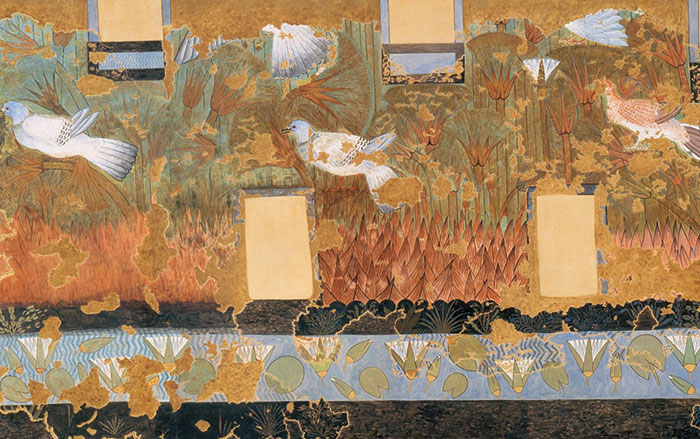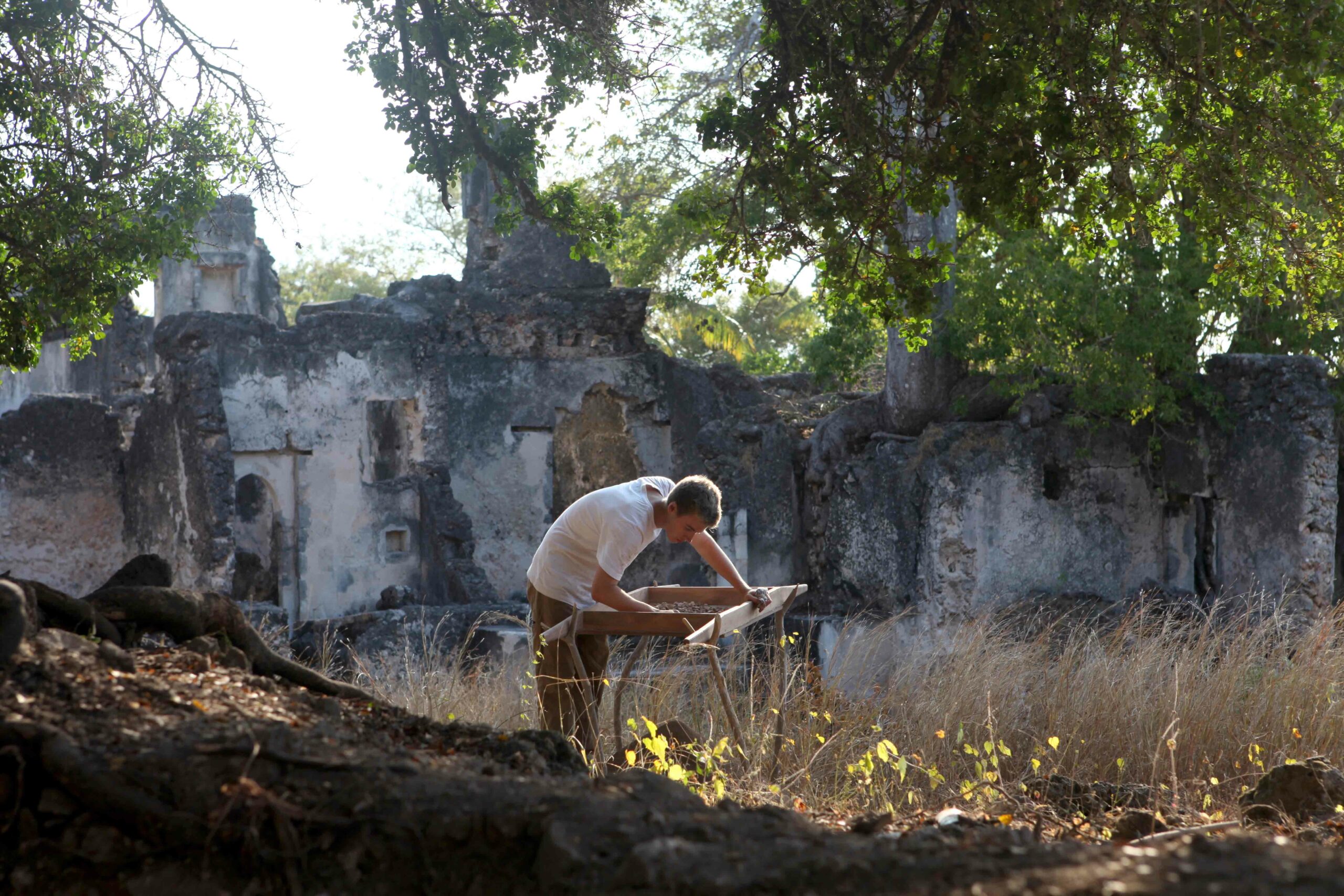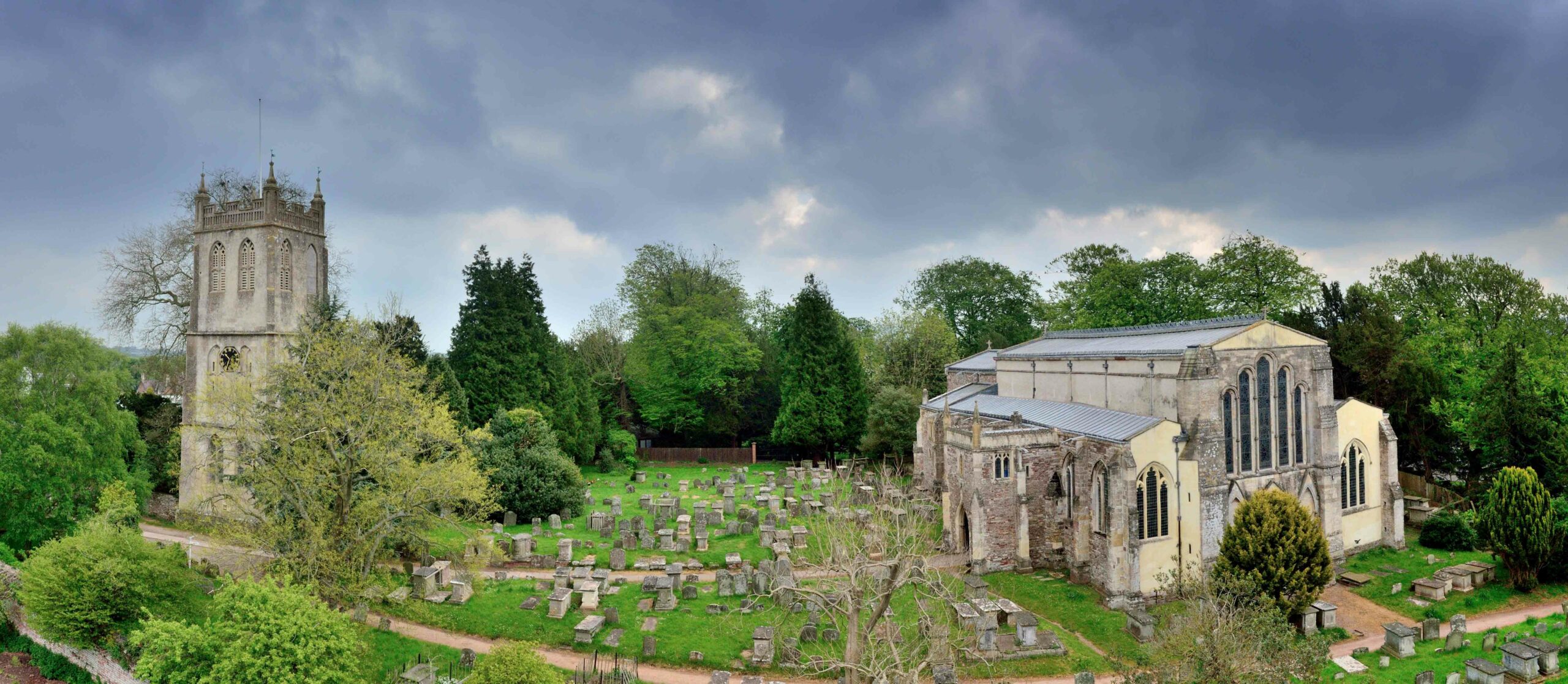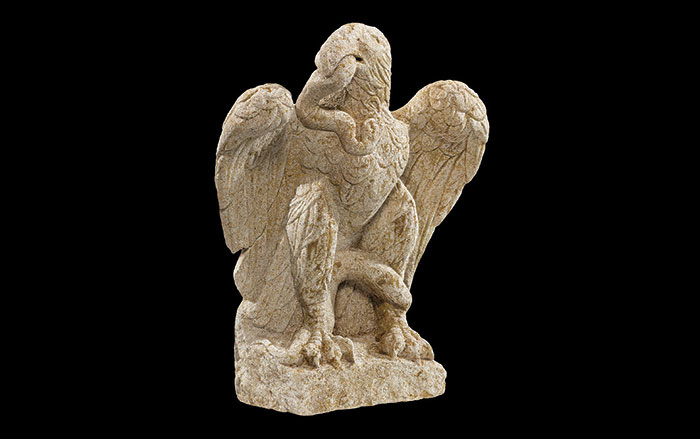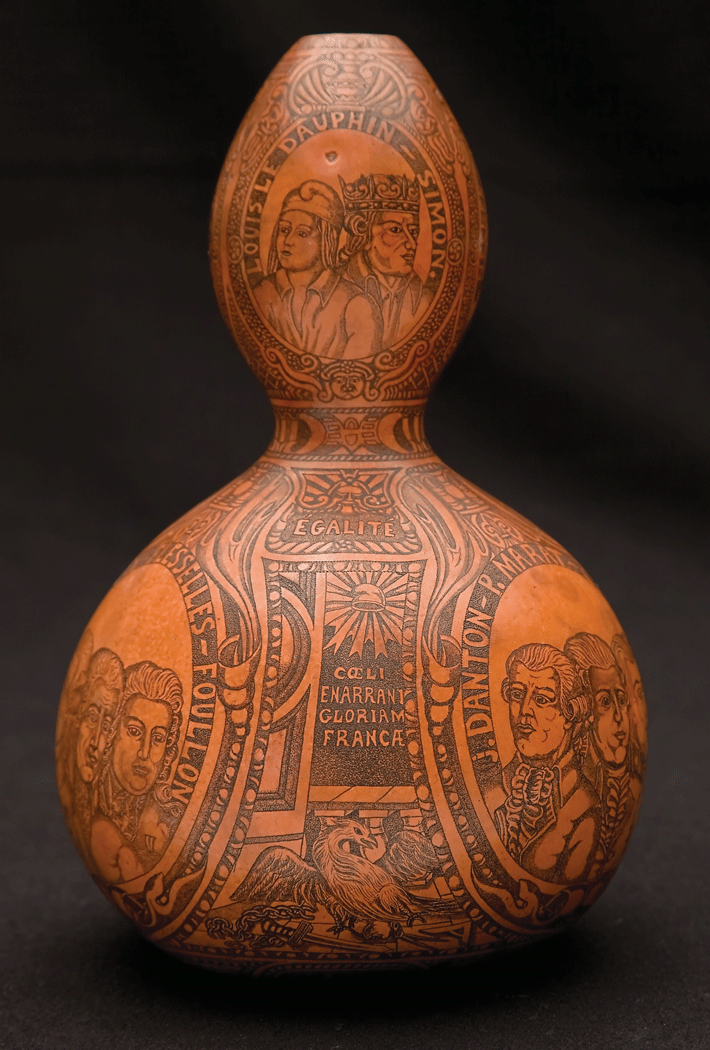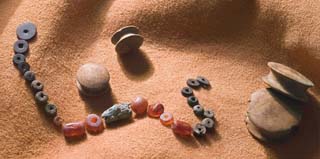
DEVON, ENGLAND—Three years ago, archaeologists excavated a 4,000-year-old stone box from a mound of peat in order to protect it from erosion on the remote White Horse Hill on Dartmoor. Since then an international team of scientists has been working to conserve the contents of the box, which included cremated human remains, a tin bead and 34 tin studs, a belt made of nettles with a leather fringe, jewelry made of Baltic amber and shale from Whitby, wooden ear studs, and a woven bag. All of the items had been wrapped in a fur that may have come from a now-extinct bear, and placed in a basket. The tin items are the earliest evidence of metal-working in the southwest of England, and the ear studs are the earliest examples of wood turning every found in Britain. “The last Dartmoor burial with grave goods was back in the days of the Victorian gentleman antiquarians. This is the first scientifically excavated burial on the moor, and the most significant ever,” Jane Marchand, chief archaeologist at the Dartmoor National Park Authority, told The Guardian.



